At Polaron Technologies, we’re dedicated to enhancing productivity by applying data-driven techniques. Our expertise and innovative approach are at your service, designed to elevate your organization’s capabilities and drive your success.
RESEARCH AND DEVELOPMENT
Development of advanced Machine Learning (ML) algorithms
We devote considerable time and resources to creating cutting-edge AI/ML models that empower our clients to address and overcome various critical challenges, resulting in positive changes and influential outcomes. We constantly seek new opportunities and challenges to collaborate with companies to make a lasting impact. As the boundaries of AI/ML continue to expand, we are firmly committed to pushing the limits by developing innovative solutions that enable businesses to navigate future challenges.
For example, self-driving cars are becoming a reality in the transportation industry, while deep learning-based object detection technologies enhance security and efficiency. AI-powered robots assist in complex surgeries, and advanced AI tools like ChatGPT are being used in education in the healthcare sector. In e-commerce, advanced recommendation engines personalize the consumer experience. In gaming, DRL agents have demonstrated the ability to achieve or surpass human-level performance in various complex decision-making tasks, given that they are trained on sufficient data from human gameplay or simulations. DRL agents also assist in trajectory optimization, resource allocation, and autonomous navigation in space exploration and satellite maneuvering.
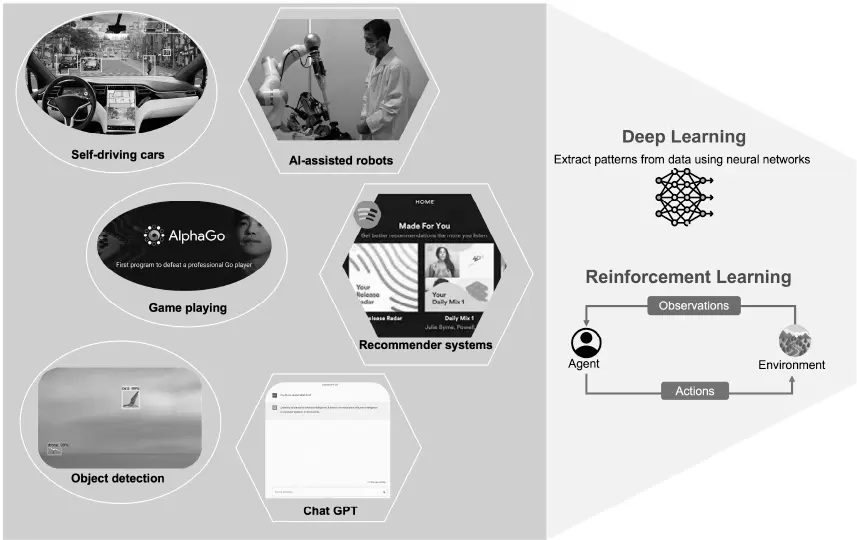
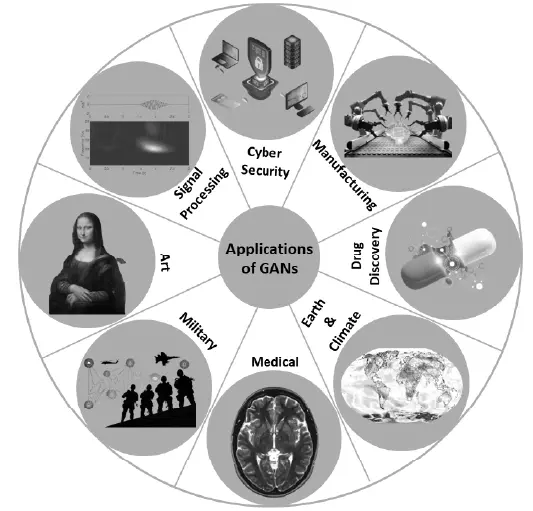
We regularly use Generative Adversarial Networks (GANs) in our project work. GAN represents a category of advanced deep learning techniques widely recognized for their capacity to create data that closely resembles real-world data. In the realm of computer vision, GANs find applications in augmenting datasets, transferring domains, generating high-quality samples, restoring images and anomaly detection. GANs exhibit remarkable versatility, finding applications in diverse fields. They contribute to image synthesis in fashion, art, and medical imaging through realistic data generation. GANs enhance datasets for diagnostic model training, aid in urban planning through satellite image translation, and improve video quality in super-resolution applications. They play a role in anomaly detection for manufacturing, drug discovery, cybersecurity, content creation, and domain adaptation for autonomous vehicles. We are leveraging the GANs algorithm to improve datasets and generate synthetic data for training models, aiming to enhance overall model performance.
Unlock the Power of Data and Language. Unleash Possibilities
Reveal the power of your data with our cutting-edge NLP and LLM services. We empower our clients by developing secure, reliable applications that unlock insights, automate tasks, and answer your questions with confidence. Our precise grounding techniques and natural data interactions ensure your AI solutions are free from hallucinations and deliver the trustworthy results you deserve. Partner with us and build intelligent assistants that seamlessly integrate with your data, transforming your business with the power of language.
Application of NLP and LLM
- Information Extraction and Text Summarization
- Automated Report Generation
- Extracted Key Information and Analysis
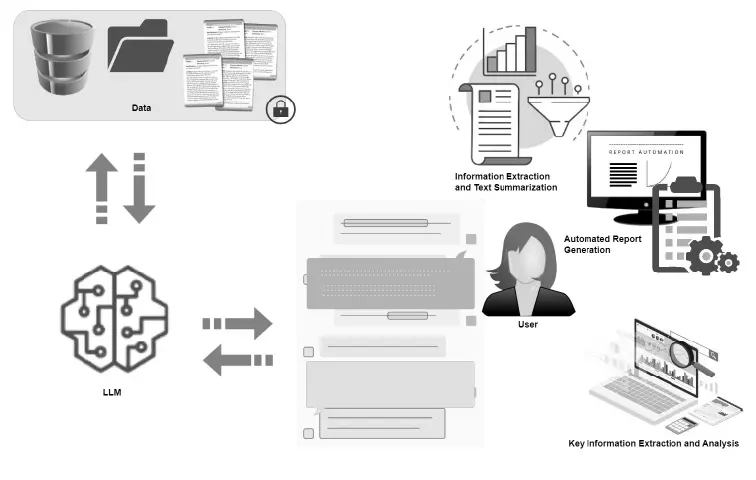
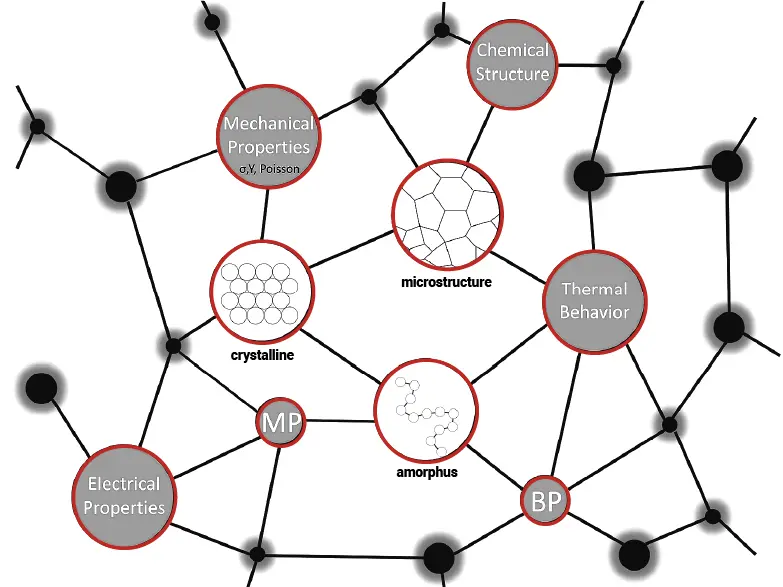
Data Analytics for selection and design of materials
We utilize data analytics methods, especially machine learning algorithms, to develop a relationship between material inherent properties at various length scales and material macro properties. Due to the vast amount of material data available from multiple resources, the data analytics techniques would be beneficial to find a relationship between various material features and bulk properties. The outcome of the relationship would be helpful for material selection for a specific application or for designing novel materials with preferred macro properties.
Data analytics helps quickly identify top candidates, such as polymers, ionic materials, alloys, ceramics, and composites, for a range of applications. The approach allows experimentalists to target a few potential candidates to synthesize compared to a broad set of materials, which assists organizations in better managing their resources.
Polymer Descriptor Database
Descriptors are crucial to define a material system. We are developing a comprehensive polymer descriptor database spanning from atomic to higher length scales. The descriptors in our database essentially capture the fingerprints of polymers, which are essential for the following purposes:
- Gaining a better understanding of the fundamental reasons that underlie material properties.
- Customizing material properties to meet specific needs.
- Designing novel materials with desired properties.
- Assisting experimentalists in lowering the costs of synthetic materials and eventually reducing manufacturing costs.
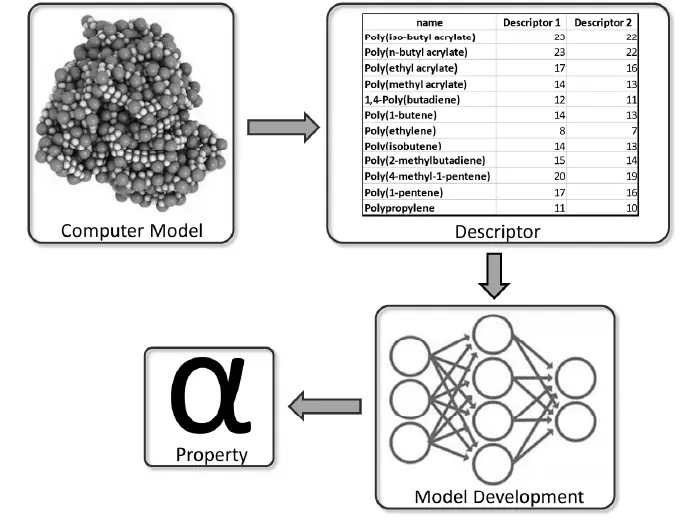
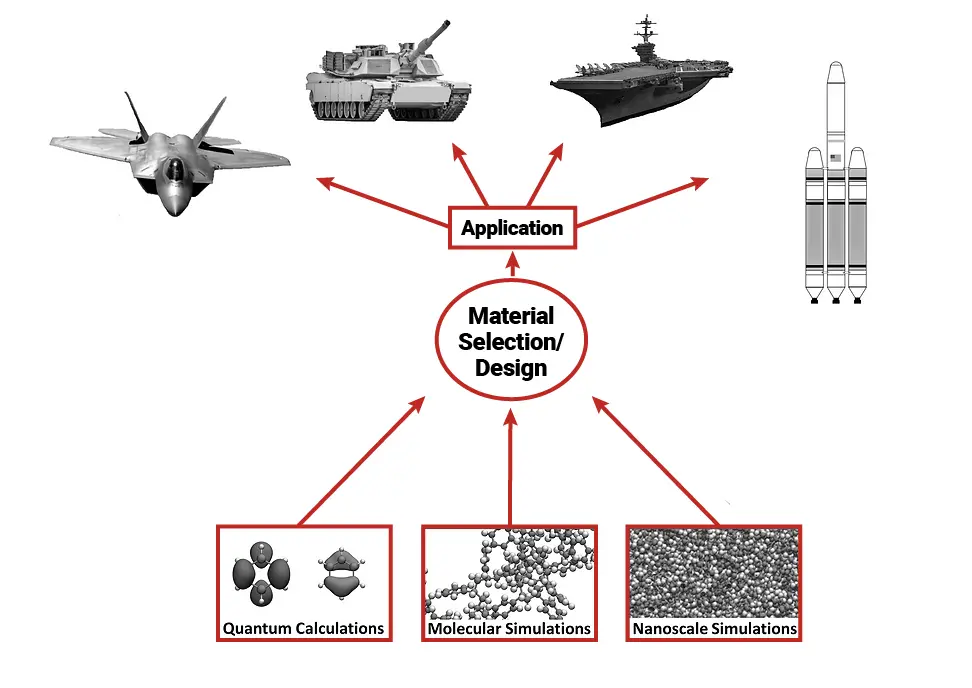
Multi-scale modeling
We employ multi-scale modeling to identify novel materials with superior properties for various applications. We perform simulations from quantum to meter scale to determine critical parameters responsible for observed properties. Key parameters assist experimentalists in synthesizing materials more efficiently than the traditional Edisonian approach.
